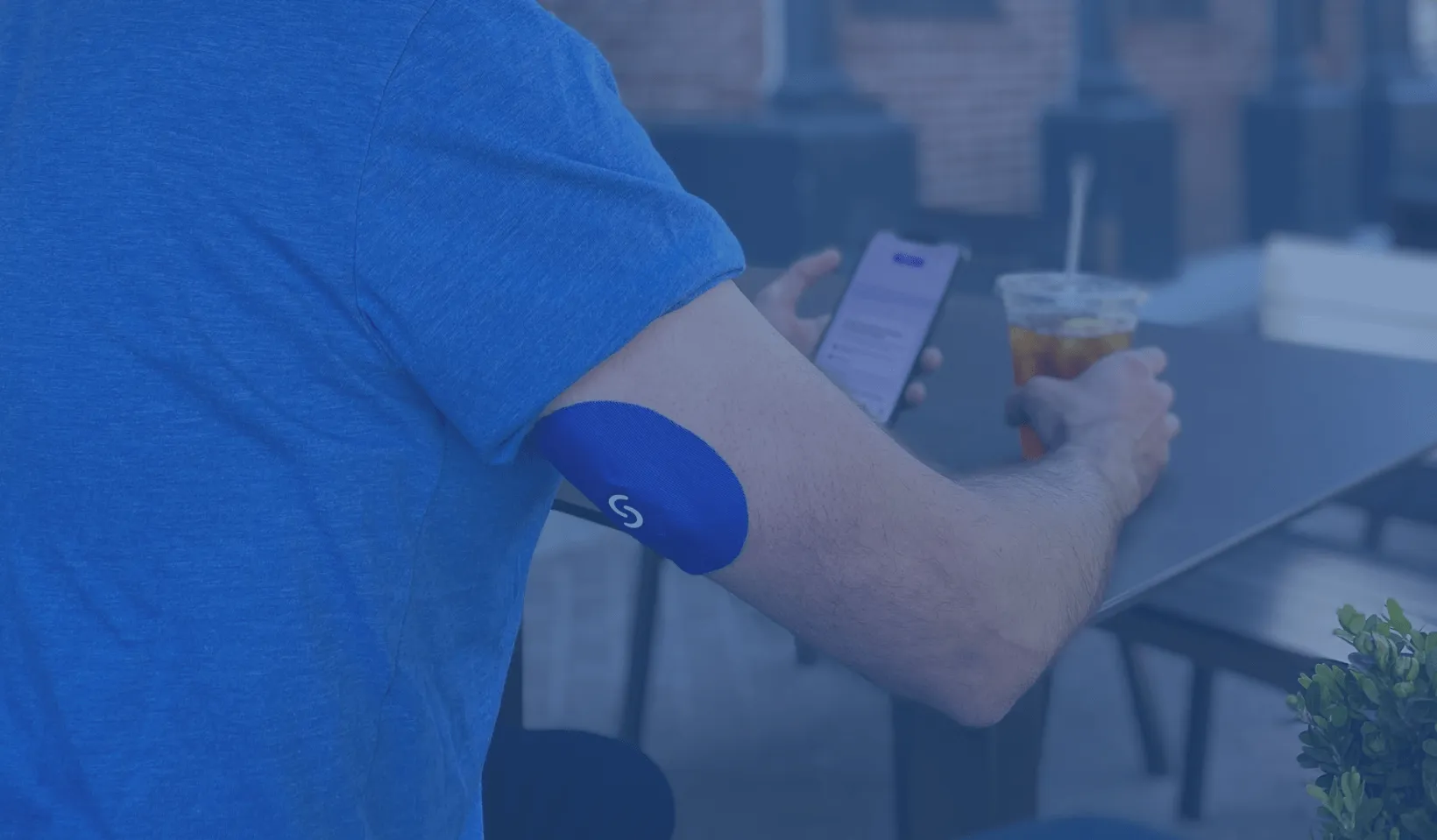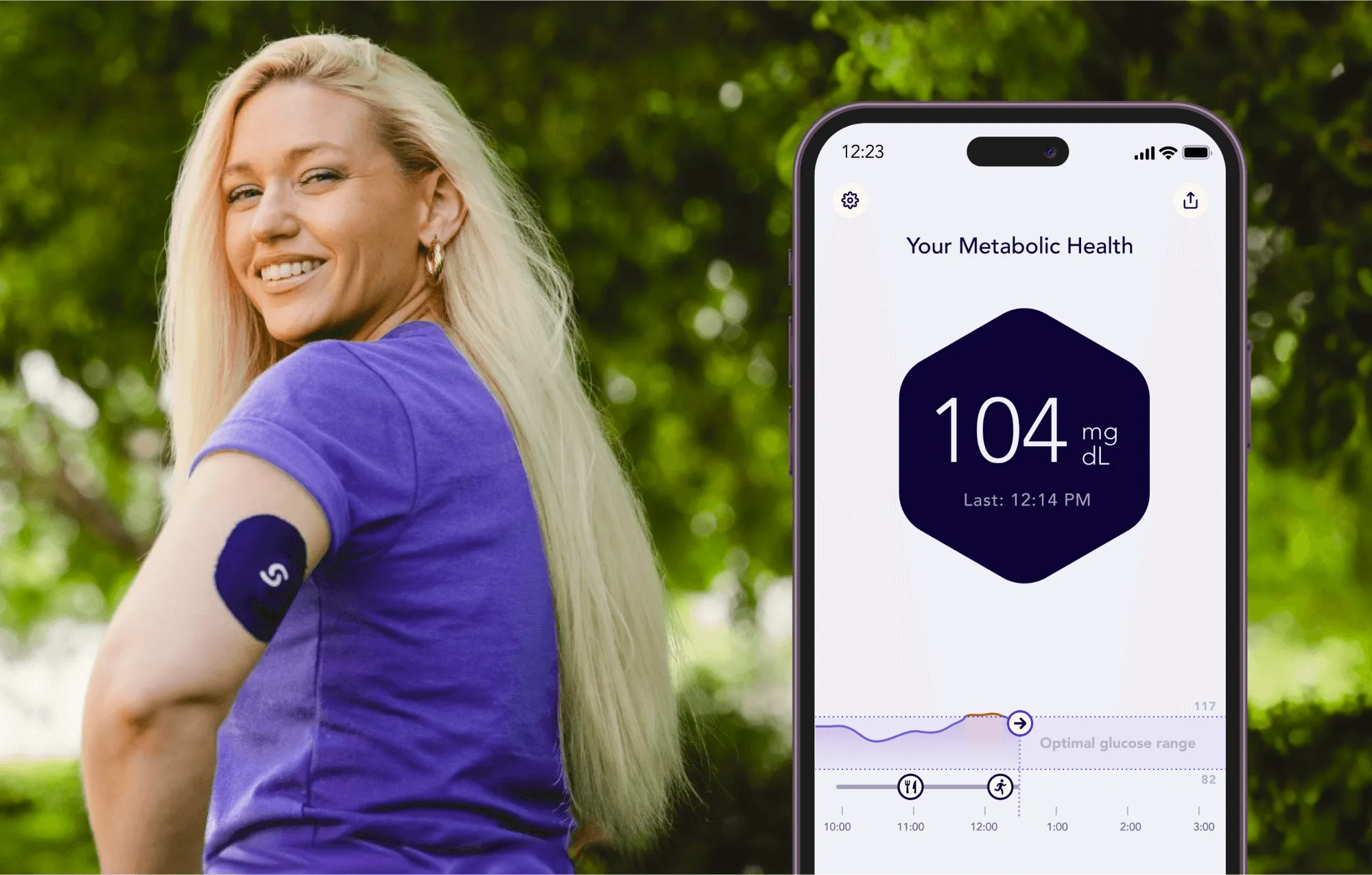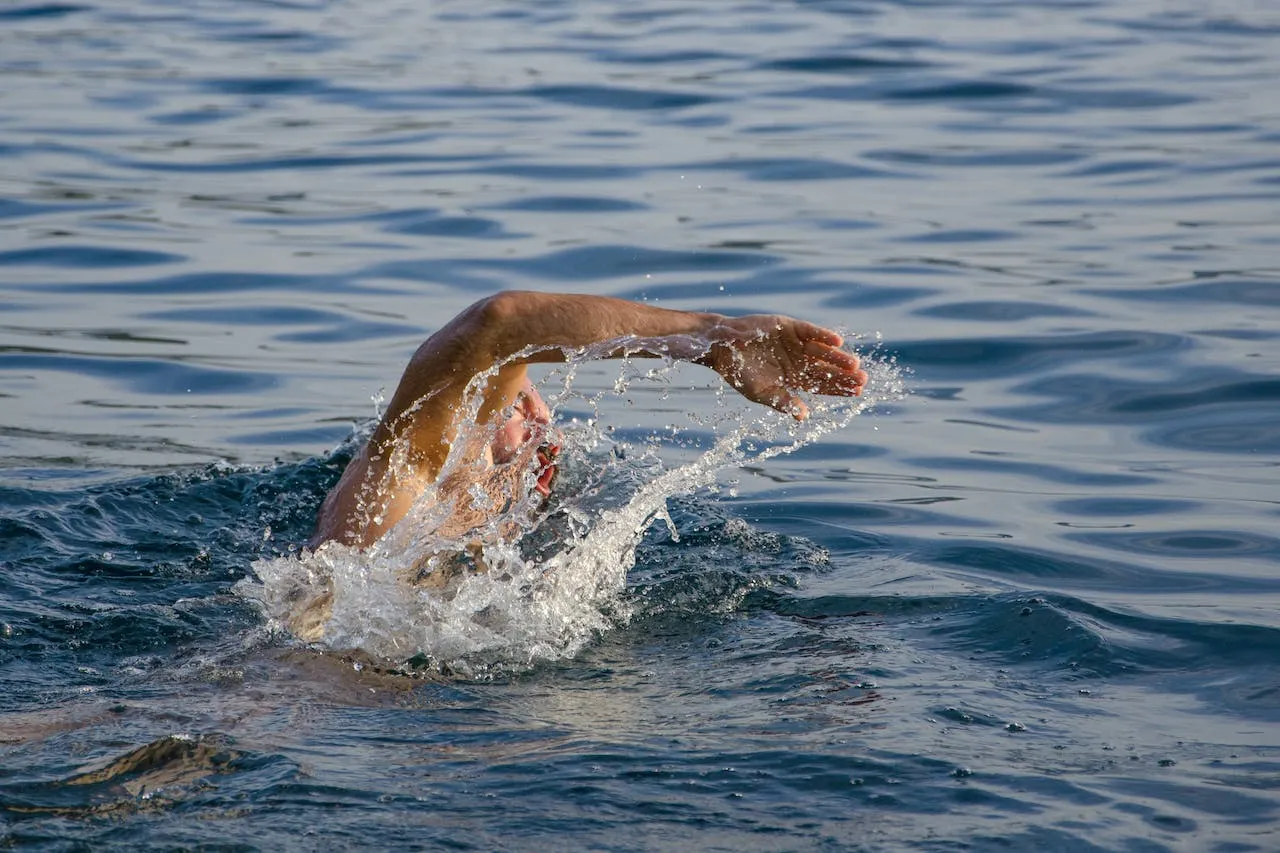Traveling can be fun and exciting, but it comes with challenges, especially when flying. There are so many rules and limits to what you can pack in a carry-on. Throw in the complexity of managing diabetes and traveling with a continuous glucose monitor, and the stress levels can skyrocket.
Don’t worry, though – with some advanced preparation, you can navigate traveling easily, even if you're equipped with a continuous glucose monitor (CGM). In this article, we'll cover everything you need to know about traveling with a CGM and give you tips for managing your blood sugar while traveling.
TSA and Airport Security

When it comes to traveling with a Continuous Glucose Monitor (CGM) by air, the Transportation Security Administration (TSA) in the United States has specific guidelines.
TSA recognizes the medical necessity of diabetes-related supplies, including CGMs. Here are some key points to consider:
1. Security Screening
You can wear your CGM while going through the security screening process. The CGM and its components, such as sensors and transmitters, are generally allowed through the security checkpoint.
2. Informing Security Personnel
Inform the TSA officers about your CGM and any other diabetes-related supplies before going through the screening process. This helps them understand the medical necessity and can result in a smoother experience. You can travel with a TSA notification card to make this process easier.
3. Pat-Down Option
You can request a pat-down screening if you prefer not to go through the metal detector or advanced imaging technology. You should inform the TSA officer about your CGM before the screening begins.
4. Inspection of Supplies
Security officers may need to visually inspect your diabetes-related supplies or use a swab to test for explosives. Be prepared for this possibility and allow for extra time during the screening process.
5. Carry-on Luggage
It's recommended to pack your CGM, sensors, and other supplies in your carry-on luggage. This helps you control your essential medical items and prevents any issues with temperature changes in the cargo hold.
These guidelines are specific to the TSA in the United States, so if you’re traveling internationally, check with the aviation authorities and airlines in the country of your destination. Different countries may have different regulations and procedures when it comes to the transportation of medical devices.
Always carry a letter from your healthcare provider explaining the medical necessity of your CGM and related supplies. This documentation can be useful if you encounter any challenges during security screening or need to explain your medical condition to airline staff.
For the most accurate and up-to-date information, check the official TSA website or contact the airline you'll be flying with for their specific policies regarding CGMs and other diabetes-related equipment.
<p class="pro-tip"><strong>Also Read: </strong><a href="swimming-with-a-cgm">Swimming With a CGM: Everything You Need to Know</a>.</p>
Keeping Your CGM Safe
Your CGM is not just a medical device; it's an important lifeline that helps you maintain control over your blood sugar levels. It’s a good idea to invest in a sturdy, protective case specifically designed for your Signos CGM model. This will protect it from any damage that may occur from potential bumps during travel.
Designate a secure spot in your packed bag for your CGM supplies. Avoid placing it in a location where it might get crushed or damaged. If you're flying, pack your CGM and related supplies in your carry-on luggage to prevent any issues with temperature fluctuations in the cargo hold.
Prepare in Advance
Preparing in advance will allow for smooth travel with your CGM and fewer hiccups. Ensure you have enough CGM sensors, transmitters, and other necessary accessories. Consider packing extras in case of unforeseen circumstances, such as sensor malfunctions or extended travel delays.
Check the expiration dates of your supplies and make a list of essential items you need to pack. A comprehensive checklist can help you avoid last-minute panics and ensure you have everything you need to manage your diabetes effectively.
If you're traveling to a destination with a significant time zone difference, coordinate with your healthcare team to adjust your CGM settings accordingly. Time zone changes can impact your blood sugar patterns, so preparing for these adjustments is important for managing blood glucose levels.
Traveling With Children
Traveling with a child who uses a CGM adds an extra layer of consideration. Children may be more susceptible to changes in routine and diet, so planning becomes even more critical.
Educate your child about the upcoming journey and involve them in the preparation process. Depending on their age, teach them to recognize the signs of low or high blood sugar and what actions to take. Encourage them to wear a medical ID bracelet with emergency contact information.
When flying, carry a letter from your child's healthcare provider explaining the necessity of the CGM and related supplies. This can be helpful in case you encounter any issues with airport security.
Tips to Manage Your Blood Sugar While Traveling

1. Stay Hydrated
Dehydration can affect blood sugar levels, so make sure to stay well-hydrated, especially during flights. Carry an empty reusable water bottle through security and refill it once inside the terminal.
2. Healthy Snacking
Pack a variety of healthy snacks to keep your blood sugar stable. Nuts, seeds, jerky, and fruit are convenient options that travel well. Be sure to pack balanced snacks that provide protein, fiber, and fat.
3. Regular Monitoring
Stick to your regular blood sugar monitoring routine. Set alarms or reminders on your phone to ensure you remember, especially amid a busy travel schedule.
Luckily, Signos CGM is always monitoring your glucose, so if you forget to check, you can always review the data.
4. Be Mindful of Time Zones
If you're crossing time zones, adjust your meal and medication schedule accordingly. Consult with your healthcare team to create a plan that suits your specific needs.
5. Emergency Supplies
Always carry an emergency kit with fast-acting glucose, insulin, and any other medications you may need. This ensures you're prepared for unexpected situations.
Traveling with a CGM requires careful planning, but it shouldn't hinder your ability to explore the world. Prioritize the safety of your device, prepare in advance, and use these practical tips provided in this article. Doing so will allow you to enjoy stress-free travel while effectively managing your blood sugar levels.
Using a CGM with Signos: Real-Time Data, Backed by AI
Signos pairs a real-time glucose biosensor with AI trained on tens of millions of data points to deliver personalized, science-backed guidance for weight management and health. See exactly how your body responds, and take action.
Learn how it works. Ready to get started? Join now.
<p class="pro-tip"><strong>Learn More: </strong><a href="cgm-uses">Improve Weight Loss, Sleep, Stress, and Exercise With A CGM</a>.</p>




.svg)


.webp)
.webp)






.svg)
.svg)
.svg)
.svg)
.svg)
.svg)
.svg)
